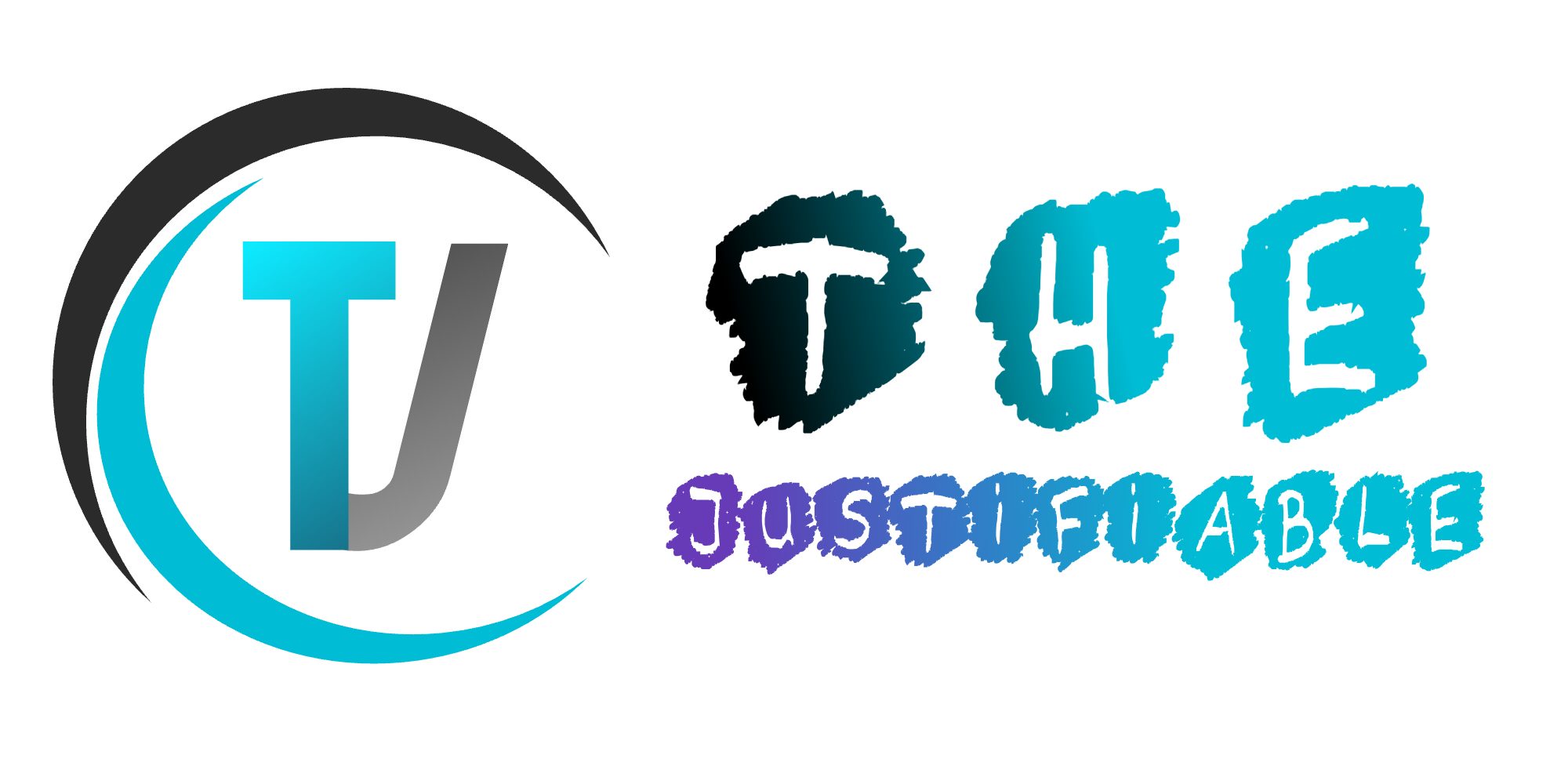Table of Contents
Ever wondered if the paraphrasing tool Quillbot AI is really as versatile as it claims? Can it handle everything from academic writing and blog posts to marketing copy and technical documentation—without sounding robotic? And how well does it adapt to fast-paced platforms like Twitter or Instagram?
I put Quillbot to the test across five different content types to see where it excels, where it stumbles, and whether it’s actually worth adding to your content creation toolkit. This guide walks you through real examples, insights, and hands-on results so you can decide if it fits your workflow—or if you’d be better off with manual rewrites. Let’s get into it.
1. Academic Writing: How Well Does Quillbot Handle Complexity?
Academic writing demands precision, clarity, and originality. I ran the paraphrasing tool Quillbot AI through some tough academic samples to see how well it navigates the structure and rigor of scholarly content.
Evaluating Technical Language and Terminology Accuracy
When dealing with academic texts in fields like engineering or psychology, the right terminology matters. I tested Quillbot by paraphrasing a few dense passages from a medical journal and a physics thesis.
Here’s what stood out:
- It retained key terminology fairly well when operating in “Formal” and “Fluency” modes.
- Some niche terms were either simplified or misrepresented—especially in highly technical sentences.
- For example, “psychosocial determinants” was turned into “mental and social factors,” which, while similar, loses specificity.
If you’re using Quillbot for academic writing, I’d recommend reviewing its output line by line, especially for discipline-specific vocabulary. It’s smart, but not yet expert-level.
Preserving Citation Style and Avoiding Unintentional Plagiarism
Quillbot doesn’t alter in-text citations or reference formatting unless you explicitly paraphrase that part, which is a good thing. I found that:
- APA and MLA citations were left untouched, which helps maintain consistency.
- However, when paraphrasing blocks of research-heavy text, it sometimes removed or buried source attribution.
- This could cause unintentional plagiarism if you’re not careful.
To stay on the safe side, always double-check that citations are clearly associated with paraphrased material. Use plagiarism checkers like Grammarly or Turnitin if it’s an important submission.
Clarity vs. Originality: Striking the Right Balance
Quillbot does a solid job enhancing clarity. The Standard mode usually simplifies long, wordy academic sentences without completely watering them down. But:
- The “Creative” mode often distorts the meaning to sound more unique.
- “Fluency” mode is the safest for academic clarity, but might feel too close to the original if your goal is originality.
In my experience, it’s a trade-off. Use the Standard mode, then tweak the output to bring your voice and critical insight back in.
Where Quillbot Excels and Where It Struggles in Research Papers
What it gets right:
- Fixes grammar and sentence flow in research abstracts and conclusions.
- Cleans up wordy transitions between arguments.
- Rewrites in a more reader-friendly tone without losing formality.
Where it falls short:
- Doesn’t handle nuanced arguments or theoretical discussion well.
- Can’t restructure ideas across multiple paragraphs for a more logical flow.
- Might oversimplify complex academic arguments or misinterpret context.
If you’re working on a literature review or methodology section, I’d suggest using Quillbot for sentence-level polishing—not for reshaping your core arguments.
Need help polishing dense academic writing? See How It Handles Research Papers →
2. Blogging Content: Can It Rewrite for Readability and Flow?

Blog writing is less rigid but still demands clarity, engagement, and structure. I tested Quillbot AI across different blog styles—listicles, tutorials, and personal posts—to see how well it adapts to voice and rhythm.
Adapting Tone for Casual and Conversational Blogging
Blog readers expect a friendly, down-to-earth tone. I tried Quillbot’s “Casual” and “Standard” modes to rewrite sections of lifestyle and marketing blogs.
Here’s what I noticed:
- The tool captures a relaxed tone quite well—especially in Casual mode.
- It adds contractions like “you’re” and shifts toward more everyday vocabulary.
- Sometimes, it leans a little too generic or flat, losing the personality behind the original writing.
If you’re using it for your personal blog, you might want to reintroduce your tone—your quirks, your humor—after the rewrite.
Rewriting Listicles, How-To Guides, and Personal Stories
I fed Quillbot a “10 Tips for Time Management” post and a personal essay on moving abroad. It handled structural elements well, keeping:
- Numbered lists and steps intact
- Clear formatting with headings and bullet points
- Logical transitions between points
But when it came to personal stories or anecdotes, the tool often made things feel sterile. It’s great for reorganizing facts, not so much for capturing emotional nuance or personality.
In “how-to” formats, it worked best for tightening instructions and removing repetitive language—definitely helpful for bloggers aiming for concise, practical content.
Want cleaner, more readable blog posts in seconds? Try Quillbot’s Blogging Mode →
Assessing Sentence Variety and Engagement
Quillbot tends to smooth out choppy writing, which boosts readability. I found that:
- It removed filler phrases like “basically,” “kind of,” or “really,” improving flow.
- Rewrote passive voice into active in many cases, which helps keep things punchy.
- But sometimes introduced a repetitive rhythm—especially when rewording multiple paragraphs at once.
If you’re trying to boost engagement, it’s better to use Quillbot for drafts or cleanups and add rhetorical devices, questions, or visuals afterward to keep your readers hooked.
Limitations When Dealing With SEO-Optimized Blog Structures
Here’s where things got tricky. SEO-driven blogs often require:
- Precise keyword placement
- H2/H3 alignment with search intent
- Meta descriptions and internal linking strategy
Quillbot doesn’t recognize these requirements. In one test, it removed the focus keyword entirely or awkwardly repositioned it. Also, it doesn’t understand schema or SERP optimization goals.
For SEO content writers, I’d recommend using Quillbot only for sentence rewrites—not structure. Then manually reinsert keywords, links, and format headers.
Pro Tip: Use Quillbot to overcome writer’s block or clean up first drafts—but always follow with a manual pass to inject personality, ensure structure, and hit your SEO goals. Think of it as a co-writer, not a replacement.
3. Marketing Copy: Is It Creative Enough for Conversions?
Marketing copy lives and dies by its ability to convert. I tested the paraphrasing tool Quillbot AI on emotionally driven sales text, CTAs, product blurbs, and branding content to see if it could preserve persuasive impact without sounding robotic.
Testing Emotional Triggers and Persuasive Language
Emotions sell, and good marketing taps into fear, desire, urgency, or curiosity. I gave Quillbot several emotionally charged sales paragraphs—some from real landing pages, others written for this test.
Here’s what came through:
- In Casual and Creative modes, Quillbot often retained the tone but diluted the punch. Urgency phrases like “Act now—limited stock!” were softened to “You might want to get it soon.”
- Fear-based triggers such as “Don’t let this opportunity slip” were rewritten too gently, losing their edge.
- It handled confidence-based copy (“Join 10,000+ happy customers”) reasonably well but struggled with playful or edgy tones.
If you’re writing persuasive content, Quillbot can assist with refining phrasing—but it still takes a human to craft emotion that hits home.
Rewriting Headlines, CTAs, and Product Descriptions
I tested a series of headlines and CTAs like:
- “Stop Wasting Time—Try It Free Today”
- “Unlock Your Best Skin Yet”
- “Add to Cart—Before It’s Gone”
Quillbot’s rewrites were grammatically clean but often too bland. Examples included:
- “You should try it today for free.”
- “Discover better skin now.”
- “Purchase before it runs out.”
These are technically fine, but they lack urgency, personality, or power words that drive clicks. For product descriptions, it worked better—smoothing out awkward sentences, trimming fluff, and fixing tone. Still, it needed manual tweaks to align with brand energy and keyword focus.
Creativity vs. Clarity in Rewriting Ad Copy
This is where things get interesting. When I used the “Creative” mode, Quillbot did sometimes surprise me with unique phrasing—but it was hit-or-miss.
- “Say goodbye to clutter” became “Banish the chaos,” which was creative and still on-brand.
- But “Boost your energy naturally” was changed to “Raise your energy through natural methods,” which felt clinical and clunky.
If clarity is your goal, “Fluency” mode works best. If you want creativity, be prepared to sift through options. I’d say the tool is helpful as a brainstorming companion, not a final writer.
Consistency Across Brand Voice and Style
Brand voice is all about sounding the same everywhere—from ads to newsletters to website copy. I uploaded several pieces from a fictional skincare brand with a witty, friendly voice.
Here’s what Quillbot got right:
- It smoothed out inconsistencies in tone across different pages.
- It helped tighten long-winded copy to feel more polished and confident.
But it also made everything sound a bit too neutral. If your brand relies on humor, bold language, or cultural references, you’ll have to rework the output to stay on-brand.
Quillbot’s value here lies in refinement—not identity. It’s great for editing, not defining your tone.
4. Technical Documentation: Does It Preserve Precision?
Technical writing has zero room for ambiguity. I tested the paraphrasing tool Quillbot AI on documentation for software, electronics, and safety protocols to see whether it could rewrite instructions while maintaining accuracy and clarity.
Accuracy in Instructions and Step-by-Step Processes
I fed Quillbot several technical how-to guides, including ones with stepwise instructions. It preserved formatting and order well but occasionally made tiny changes that had big implications.
Example:
- Original: “Click the ‘Install’ button before restarting the system.”
- Quillbot Output: “Restart the system after clicking ‘Install.’”
That switch in sequence could cause confusion or even system failure. While the tool keeps most of the structure intact, its paraphrasing isn’t context-aware enough for high-stakes processes. You’ll want to proofread every step.
Testing Retention of Specific Jargon and Formatting
In technical fields like mechanical engineering or programming, every word matters. I tested Quillbot on content using terms like “torque specifications,” “API endpoints,” and “RAM allocation.”
- It retained common terms accurately.
- However, it sometimes simplified jargon inappropriately. “RAM allocation” became “memory usage,” which isn’t quite the same in technical documentation.
Also, formatting elements like bullet points, numbered lists, and code blocks were preserved when text was pasted directly—but could break during export. Not a deal-breaker, but something to watch.
Can It Rewrite for Multiple Expertise Levels?
I was curious whether Quillbot could simplify expert-level writing for beginner audiences, so I ran a few tests using documentation from AWS and Microsoft’s developer portals.
- The Standard and Fluency modes did a decent job making content more accessible.
- Creative mode, however, often rephrased technical statements into vague, incomplete ideas.
- When I tried going from basic to expert, the tool couldn’t generate complexity—it only simplifies.
So, yes—it can rewrite down for clarity, but not up for advanced readers. If you’re building guides for both novice and advanced users, Quillbot helps with simplification, not depth.
Risks of Oversimplification in Mission-Critical Texts
Here’s the biggest risk: when Quillbot tries to “improve” overly complex instructions, it sometimes strips out precision.
Example:
- “Use only grounded 3-prong outlets to avoid electrical hazards.”
- Became: “Use safe outlets to avoid shocks.”
While both are accurate in spirit, the second lacks specificity and could increase liability in real-world scenarios.
In mission-critical writing—like safety manuals, SOPs, or regulatory documents—it’s better to avoid using Quillbot for direct rewrites. It’s safer to use it for trimming introductory sections or improving grammar only.
Expert Tip: If you’re rewriting marketing copy, Quillbot helps refine, polish, and speed up first drafts—but human insight is key for voice, persuasion, and strategy. For technical documentation, treat it like a grammar assistant—not an editor. Always review its output through the lens of context and risk.
5. Social Media Posts: Can It Adapt to Platform Tone?

Social media moves fast and demands a unique voice per platform. I put the paraphrasing tool Quillbot AI to the test with short-form posts to see how well it captured tone, creativity, and cultural relevance.
Testing Short-Form Copy for Twitter, Instagram, and LinkedIn
Each platform has a different style, and the stakes are higher when you only have a few words to make an impression.
Here’s what I found when rewriting content for each:
- X (Twitter): Quillbot shortened copy effectively, but sometimes missed the punch. Tweets that relied on snappy rhythm or slang lost their spark.
- Instagram: It handled captions decently in terms of clarity and tone, but struggled with emoji placement and trendy hashtags.
- LinkedIn: This is where it did surprisingly well. It elevated tone for professional audiences and added polish to thought leadership posts.
So, while it helps clean up your copy, you’ll still need to fine-tune phrasing for platform-specific impact.
Preserving Humor, Sarcasm, or Trend-Driven Language
Tone is everything on social media, and humor often hinges on subtle phrasing. I gave Quillbot several sarcastic or playful captions to paraphrase. For example:
- “Just spilled coffee on my resume. Guess I’m working here forever.”
- Quillbot’s rewrite: “I dropped coffee on my resume, so I might stay here now.”
It’s clear the joke fell flat.
Trend-driven content that references memes, viral slang, or cultural references also lost flavor. Words like “slay,” “vibe check,” or “that’s the tweet” were either removed or rewritten awkwardly.
So if your brand thrives on trend-surfing or humor, you’ll probably need to rewrite manually or reinsert the punch after Quillbot gives you a draft.
Speed and Quality of Bulk Rewriting for Post Calendars
I wanted to see how quickly Quillbot could help repurpose a batch of social media content for scheduling.
Here’s what worked well:
- It rewrote 20+ posts in under 10 minutes, maintaining structure and tone about 70% of the time.
- CTA-focused posts like “Click the link in bio” or “Tag a friend” were consistent and clean.
But I had to:
- Reformat hashtags that were oddly rearranged.
- Manually add back character where the voice felt too robotic.
For social media managers handling high volumes, Quillbot can speed things up. Just don’t skip the human edit—it’s still needed to bring life and originality back.
When Quillbot Feels Robotic or Generic
There were definite moments where Quillbot’s output felt copy-paste generic. Words like “great,” “nice,” and “amazing” were overused. If your brand voice leans on storytelling, wit, or depth—even in short-form copy—Quillbot’s phrasing might not hit the mark.
A few red flags:
- Repetitive phrasing across multiple posts.
- No sense of audience targeting or platform nuance.
- Minimal adaptability to tone shifts across campaigns.
In these cases, it acts more like a grammar tool than a creative writing assistant.
Verdict: Is Quillbot AI the Right Paraphrasing Tool for You?
After testing the paraphrasing tool Quillbot AI across academic writing, blog content, marketing copy, technical documentation, and social media posts, I’ve pulled together what it gets right—and where it needs backup.
Key Strengths Identified Across the 5 Content Types
- Grammar and fluency correction across all formats, especially useful for non-native English speakers.
- Time-saving rewrites for bulk editing tasks like blogs or social captions.
- Modes like Standard and Fluency are reliable for improving clarity without changing meaning.
- Maintains structure in step-by-step guides and long-form posts.
- Ideal for draft cleanup—perfect for getting unstuck or polishing first drafts.
Common Weak Spots and When Manual Editing Is a Must
- Fails to preserve tone in creative or humorous writing—especially on social or emotional content.
- Risk of accuracy loss in technical or academic content with specialized language.
- Lacks platform-specific awareness—especially around trends, SEO keywords, and hashtags.
- Repetitive suggestions can make multiple outputs sound too similar.
Manual editing is essential when you’re working on:
- Emotional storytelling
- Sarcastic or witty social posts
- Platform-optimized SEO blogs
- Anything mission-critical or compliance-heavy
Who Benefits Most From Quillbot Based on Use Case
- Students and researchers looking to simplify or clarify academic writing without rewriting ideas from scratch.
- Bloggers and freelancers who need to polish first drafts or speed up editing workflows.
- Marketing teams who want a second pass on product blurbs, without sacrificing brand voice.
- Technical writers who use it as a grammar tool—not a full-scale writing solution.
It’s less ideal for copywriters relying heavily on nuance, or social media creators whose voice is central to their brand.
Final Scorecard: Practical Utility vs. AI Hype
If I had to break it down, here’s where I’d rank Quillbot across key metrics:
| Feature | Score (1–10) |
| Grammar & Flow | 9 |
| Accuracy in Complex Writing | 6 |
| Tone Preservation | 5 |
| Creative Output | 6 |
| Time-Saving | 9 |
| Platform Adaptability | 6 |
In my experience, Quillbot AI is a valuable editing partner—but not a plug-and-play writing solution. It’s great for speeding up your workflow, smoothing out drafts, and catching errors. Just don’t expect it to think like you.
Still deciding? Try Quillbot free or read how it compares to other tools.






